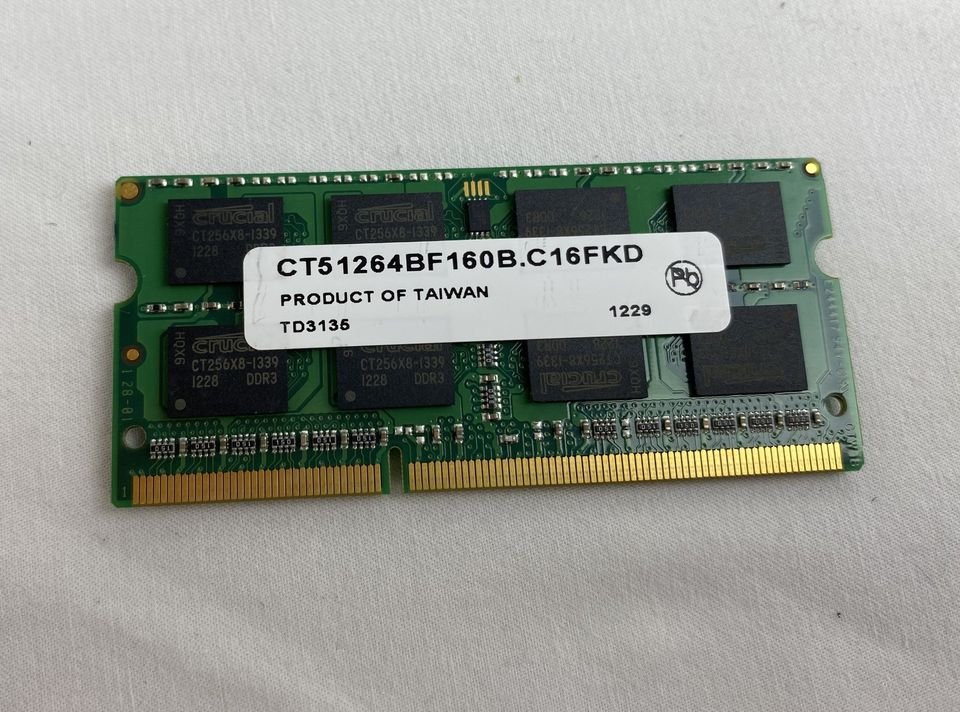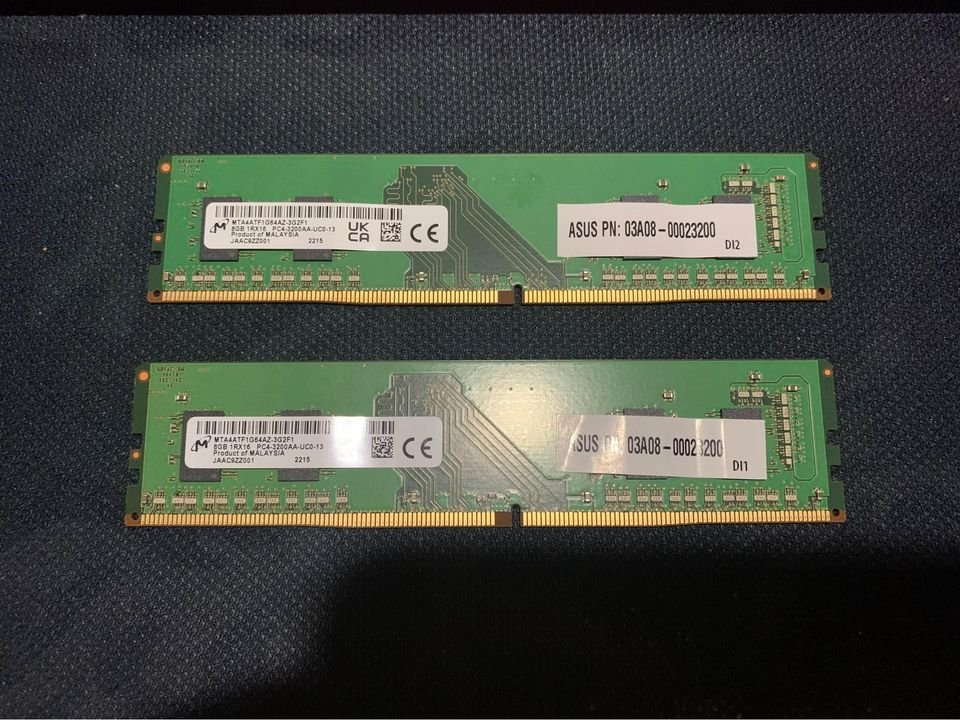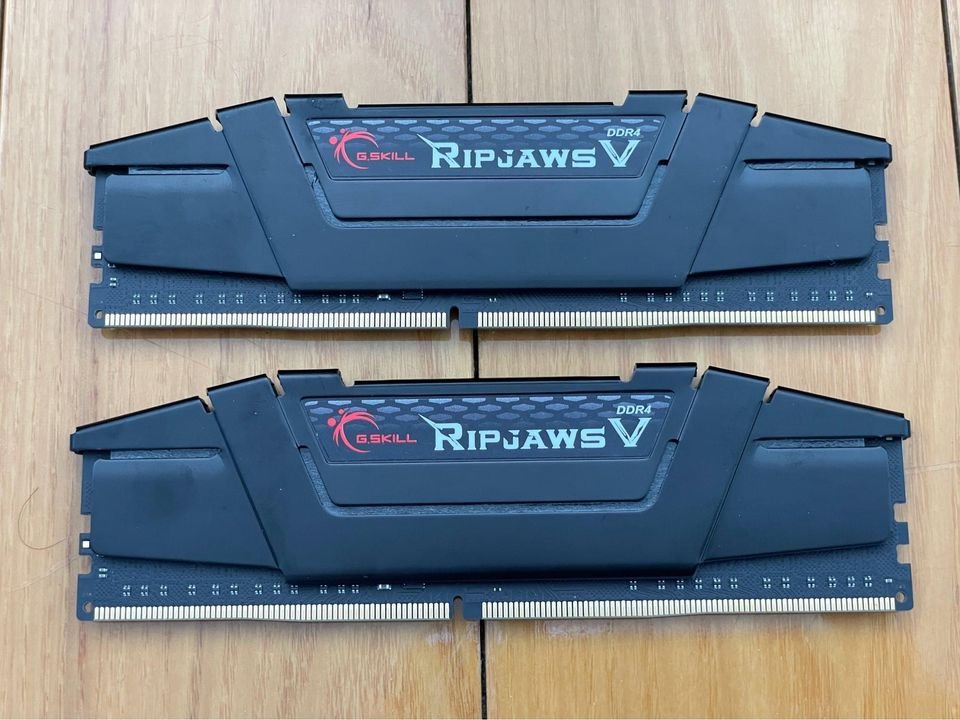The ongoing debate surrounding SODIMM versus DDR4 continues. Unless you’re a tech enthusiast, it can be challenging to maintain interest in the differences between computer memory standards. For non-technical consumers, there is a scarcity of information amidst a flurry of acronyms and performance metrics that describe memory.
When it comes to gaming, you might receive unsatisfactory explanations regarding the disparity between one model’s SDRAM and another’s SODIMMs. However, the truth is that SDRAM is utilized by nearly all modern computers, while SODIMMs are simply smaller versions of regular RAM sticks.
SODIMMs Overview

A SO-DIMM is a form of computer memory that relies on integrated circuits. It is essentially a compact version of a DIMM, measuring nearly half the size of a standard DIMM.
SO-DIMMs find applications in various devices such as laptops, notebooks, small-footprint personal computers utilizing Nano-ITX motherboards, high-end upgradable office printers, as well as networking hardware like routers and NAS devices. While they often offer comparable data route sizes and speed ratings to regular DIMMs, their storage capacities are typically smaller.
DDR4s Overview

DDR4 SDRAM stands for “Double Data Rate Fourth Generation Synchronous Dynamic Random-Access Memory.” It is an advancement in dynamic RAM technology, succeeding DDR3. The DDR3 was the previous update to dynamic RAM, introduced in 2007. However, development work on DDR4 began as early as 2005, anticipating further improvements in memory performance.
SODIMMs vs. DDR4s Key Differences
A DDR4 module, also referred to as a dual in-line memory module (DIMM), bears resemblance to a DDR3 DIMM in terms of appearance. However, there are notable differences between DDR4 and DDR3. DDR4 modules have 288 pins compared to the 240 pins of DDR3, while DDR4 SO-DIMMs possess 260 pins as opposed to the 204 pins found in DDR3 SO-DIMMs. The key notch in DDR4 has undergone a change, and the edge connector now features a slightly curved “V” shape, making it easier to insert.
In terms of power efficiency, DDR4 modules surpass DDR3 modules. While DDR3 operates at 1.5V or 1.35V, DDR4 modules consume lower power. This not only translates to cost savings but also allows for higher speeds without concerns about running out of power or excessive heat generation.
When it comes to data transfer speeds, ATP’s latest DDR4 modules offer impressive transmission rates of up to 3200 MT/s. ATP’s DDR4-3200, the latest industrial DDR4 product, transfers data 70% faster than DDR3-1866, which was one of the fastest DDR3 versions available. This significant increase in theoretical peak performance results in accelerated file transfers and enhanced overall system performance.
What to look out for in Computer Memory
Random Access Memory (RAM), commonly referred to as memory, serves as a storage location for your computer’s data prior to being accessed from the hard drive. Additionally, it enables the smooth operation of multiple applications simultaneously without causing a slowdown in your PC’s performance.
Increasing your computer’s speed can be achieved through memory upgrades. It is crucial to understand the key features of memory and their implications if you ever need to determine your current memory configuration or evaluate the performance of an alternative option.
Memory
While the RAM in your computer and the memory in your USB thumb drive share similarities, there is a significant distinction between them. The chips in a thumb drive utilize static RAM (SRAM), which means that once data is written, it remains unchanged.
On the other hand, the memory in your computer is dynamic, known as dynamic random-access memory (DRAM), requiring regular refreshing. This is indicated by the “D” in SDRAM, and it explains why data can be lost if the computer loses power and fails to refresh the chips.
SDRAM operates synchronously, working in coordination with your CPU. It ensures that data is ready simultaneously with the CPU’s readiness to accept the next data block from the memory.
The most commonly used modern SDRAM are dual in-line memory modules (DIMMs). These small boards or “sticks” are approximately 5 1/4 inches long. DIMMs feature rows of memory chips on each side, allowing for space-saving compared to older-generation single in-line memory modules (SIMMs). Desktop and server computer DIMMs typically have either 240 or 284 pin connections, evenly split between the front and rear connections.
Performance
Traditional DIMMs are suitable for desktop and server computers, but their 5-inch size makes them impractical for today’s slim and lightweight laptops. This is where SODIMMs come into play.
SODIMMs function in the same way as regular DIMMs but are physically downsized. The “SO” in SODIMM stands for “small outline,” reflecting their compact form factor. SODIMMs typically have either 200 or 204 pins and are approximately half the length and one-third the thickness of standard DIMMs.
Despite their smaller size, SODIMMs offer comparable memory capacity. This allows manufacturers to create thinner, smaller, and lighter laptops or compact servers for business applications.
Clock Speed
Before purchasing memory for your computer, it is important to consult the motherboard manual to ensure compatibility with the type of RAM (SDRAM or DDR RAM) supported by your system. Additionally, it is crucial to synchronize the clock speed of the memory chip with the computer’s system bus.
Both SDR and DDR RAM are available in different clock speeds, and it would be wasteful to invest in a faster version that exceeds the capabilities of your motherboard. Therefore, careful consideration should be given to ensure optimal compatibility and avoid unnecessary expenditure
Over the Years
In the early 2000s, a new technology called dual data rate (DDR) DIMMs emerged, surpassing the earlier DIMMs. DDR utilized both halves of a computer’s clock cycle, referred to as the “tock” and “tock,” significantly improving memory performance.
Over time, subsequent standards such as DDR2, DDR3, and DDR4 have further enhanced RAM performance while simultaneously reducing power consumption for both regular DIMMs and SODIMMs.
However, it’s important to note that these standards are not interchangeable. Your motherboard and chipsets are designed to support a specific type of DDR, and you can only use the corresponding style. Older chips, for example, will not fit in DDR4 computers as they require a newer socket with additional pins.
Faster data transfer speed
ATP’s latest DDR4 modules designed for embedded and industrial applications deliver impressive data transmission speeds of up to 3200 MT/s. With DDR4-3200, ATP’s cutting-edge industrial DDR4 product, data is transferred 70% faster compared to DDR3-1866, which was one of the fastest DDR3 versions available. This substantial improvement leads to a significant boost in theoretical peak performance, making it an ideal choice for demanding applications in the embedded and industrial sectors.
Do ATP DDR4 modules work with the latest Intel® Xeon® Scalable processors?
Absolutely! Each of the latest Intel® Xeon® Scalable processors equipped with Intel® C620 Series Chipsets (previously referred to as Skylake-SP and Lewisburg) is designed with built-in support for six memory channels. These memory channels can operate at the same performance level even under full processor load.
With each memory channel capable of accommodating two DIMMs, a single CPU can support a total of 12 DIMMs. This increase in memory channels, compared to the previous quad-channel platform, significantly enhances speed and overall performance. Additionally, DDR4-2666 is compatible not only with Intel® Xeon® Scalable processors but also with Intel® CoreTM processors from the 8th generation.
Which applications and industries Stand to benefit most from DDR4?
The enhanced interface speed brings notable advantages to various applications, including telecommunication infrastructures, networking storage systems, network-attached storage (NAS) servers, micro/cloud servers, and embedded systems like industrial PCs. These systems greatly benefit from the improved interface speed, resulting in enhanced performance and efficiency in their respective operations.
How will I know whether my system is DDR4 compatible? Is it possible to use a DDR4 DIMM in a DDR3 system?
Each generation of DDR memory is unique and incompatible with previous versions. For instance, a DDR4 DIMM cannot be inserted into a DDR3 DIMM slot because DDR4 is not backwards compatible with DDR3. Not only do the key notches differ between DDR generations, but the pin sizes and arrangements also vary between DDR4 and DDR3.
In DDR4 modules, some pins are longer near the center, resulting in a slightly curved “V” shape. It is essential to consult the documentation for your motherboard to verify that it supports the correct DDR4 slot configuration. Ensuring compatibility with the correct DDR4 slot is crucial to ensure proper installation and functionality of the memory module.
Is it possible to combine DIMMs with different data rates on the same system?
For optimal memory performance, it is recommended to install identical DIMMs on the same machine.
When different DIMMs with varying operating speeds are mixed, unless you overclock the slower DIMMs, the motherboard will underclock the faster DIMM to match the speed of the slowest one.
It’s important to note that the DIMM population guidelines may vary depending on the platform you are using. To obtain more detailed information, it is advisable to consult the documentation specific to your server motherboard. This documentation will provide you with the necessary guidelines and recommendations for DIMM population configurations.
